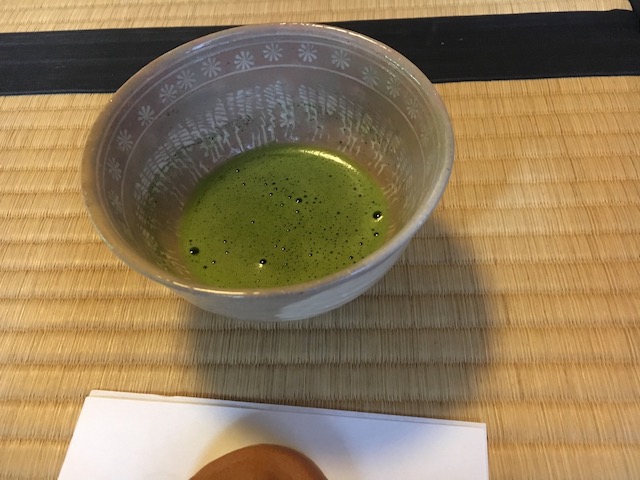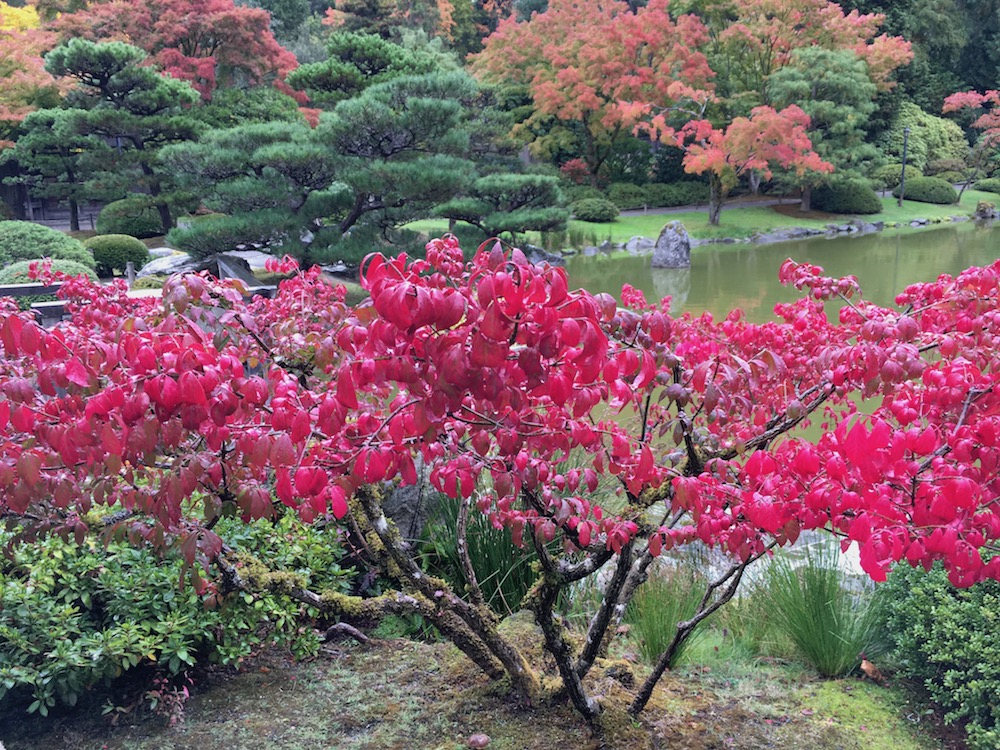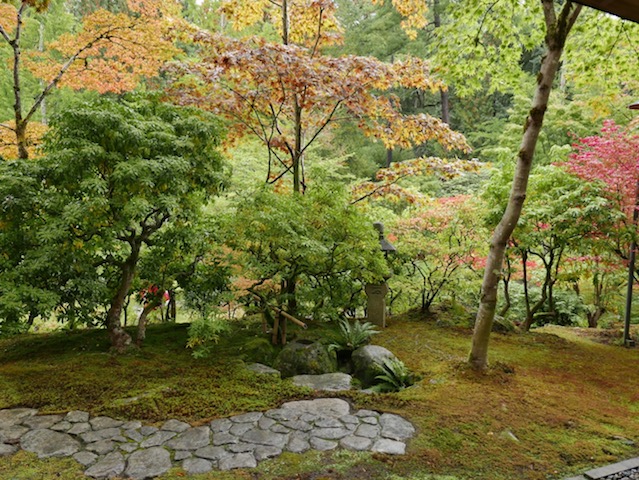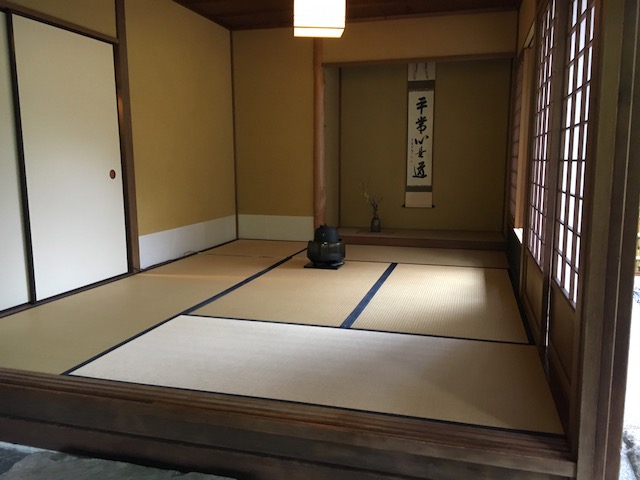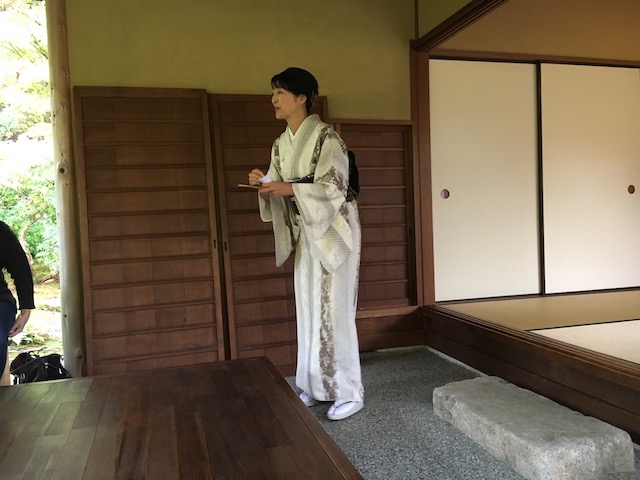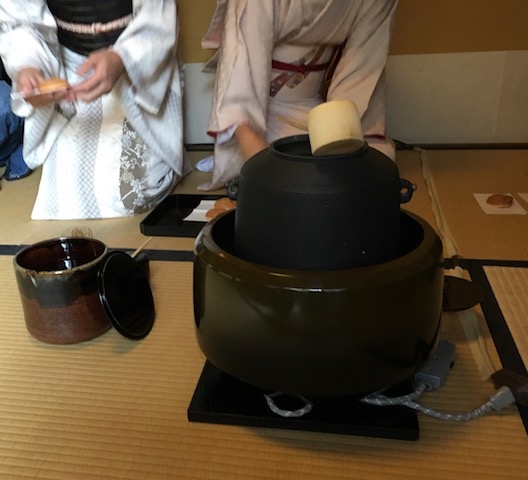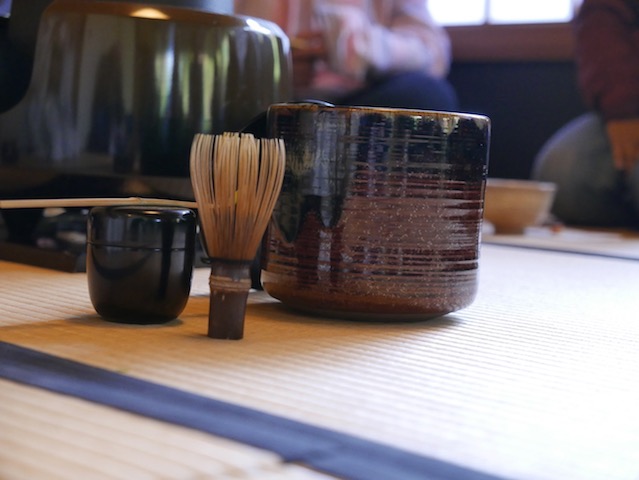If you are new in Seattle in autumn,and love to see fall colors going to the Seattle Japanese Garden would be a treat. I went to the Seattle Japanese garden to see the autumn colors and to participate in the tea ceremony. After my friend and I paid for admission to the garden and for the tea ceremony event, the man at the window asked if we liked to attend the free tour of the garden.
“Of course, would love to learn about the lovely garden,”
The garden tour
The Seattle Japanese garden covers 3.5 acres designed by Juki Lida. The designer made evert effort to have the garden look like what they see in Japan. The garden blends both “traditional Japanese plant materials and Pacific Northwest native plants,” to create good visual dynamic stroll. Strolling through garden, some sites are obvious and some needs to be pointed out by a tour guide such as the imaginary mountain with small cascading falls, cherry orchard (that is supposed to blossom) in the spring. Obvious landscape that struck: the pond. Inside the pond, Koi swims, happy to see visitors. Nestled in the west of the garden sits a humble tea house.
The tour guide told us the garden uses a ‘hide and reveal” effect. From the ticket booth, we started the tour. On the left was a beautiful Japanese maple tree, in the midst of turning colors. At that time of our visit, the leaves were a soft orange to a deep orange. The guide mentioned that they couldn’t guarantee when the leaves for going to change; however at the time of our visit, one third of the trees changed colors. A mix of maple trees, such as a Fullmoon Maple tree, a Dwarf Maple tree, and a Kotonito maple stood happy. The leaves of the Kotonito gets its name from skinny musical strings. The thin green leaves faded to slightly yellow.
Ferns, bamboos, and mondo grass seperates lowland and wetlands. The garden empasizes a Zen like feel with the placements of rocks, stones, lanterns, water, trees, shrubs and plants. To give spaces between leaves and trees, some of the trees in the garden were trained to move in the direction with a certain intention. The guide pointed out the Kobe lantern and the Kasuga lantern. Even the lanterns hold a purpose. The Kasuga lantern is a snow lantern and is meant to capture the snow on top of the lantern.
Seattle in autumn
It was a typical October day in Seattle. Out of towners bought an umbrella. Locals wore a solid rain jacket with a hood through the entire trip. I loved walking through the garden in the rain. I just wished I had a good cup of Seattle latte in my hand, even though we were going to drink green Matcha tea. Don’t get me wrong, I like tea on rainy days, too.
On the bridge, we fed Koi, orange and silver and blue Koi opened their mouth eagerly. I dropped a few pallets of food in the water and the fish swam with their mouth open. They had big mouths but their eyes were not as sharp as the ducks. The mallards swam fast and pecked on the pallets I dropped. There are turtles that live in the pond. The guide said, they prefer to come out on sunny days. I dropped a few more pallets and the fish caught it.
The tour, cut short, as we neared the crimson red burning bush plant to go attend our tea ceremony.
The tea ceremony
The tea ceremony takes place only certain times of the year. Refer to the Seattle Japanese Garden website for event schedling. Schedule your tickets in advance, especially in the autmn season, as there is a limit how many can fit in the tea house.
Siutated in the garden, the tea house looked like a plain building from the outside. The door of the tea room slit open wth a simple large pot of tea and one decor hung from the wall. The minimilimistic simplicity was deliberate, to avoid distractions.
First, the ceremony was more of a play then the audience participated in the ceremony in the end. Three ladies in the Kimono gowns and hosted the ceremony––one main speaker and two other ladies demonstrated the play.
The speaker explained that decor hanging on the wall was more of a Japanese motivational poster. She translated the symbolic characters, “Today is an important day,” especially if you were a Japanese living back in the days of Samurais and civil wars because you didn’t know if you are going to live another day, especially back in the days of battle. The host didn’t elaborate more about Samurais and civil war back in those days, but emphasized come in and drink your tea and cherish today.
The main speaker explained that back in those days, only royalty got to drink teas. Commoners had to bow to royalty all the time. At some point in time, a small low door was constructed in the tea house so that nobles had to bent down too, when they entered. They couldn’t carry their swords in to the tea house.
After a little explanation of history and what to be expected from a host and a guest, which would be the guest would take off the shoes, the host will provide a clean, pretty bowl with tea and a friendly conversation, the lovely host poured the tea.
Tea house participation became a friendly ritual over the years. For our enactment, the host cleaned out the bowl, rinsing with hot water to make sure the tea bowl was clean. Then the host poured tea in to a rather mediums sized soup bowl with a laddle that I orndinarily would drink soup with. The guest in enactment takes the tea with both hands and bend to say thank you. The host bends in return as a your welcome.
I didn’t realize how many times the guest and the host bends as a form of respect. If i did that many bends a day, I would probably never have to exercise, again.
All three hosts respectfully served Matcha tea and a red paste biscuit from Kyoto for their audience. The inside bean paste was sweet, not overly sweet. The green Matcha tea was intentionally slightly bitter to enhance the drinking experience with the sweet biscuit. I thought they both went well together on a dark, rainy October day.
Some in the audience had questioned where to get the tea, I just drank it up. The tea comes in powder form and can be bought at your local Japanese store.
After that experience, I wish I had a tearoom in my home and a biscuit.
If you are around, go and experience it for yourself.
Tid bits:
Wear socks because you will be taking off your shoes to walk on the tatami mat.
Parking: You can park right outside the front door of the Japanese Garden. Limited parking spaces.
